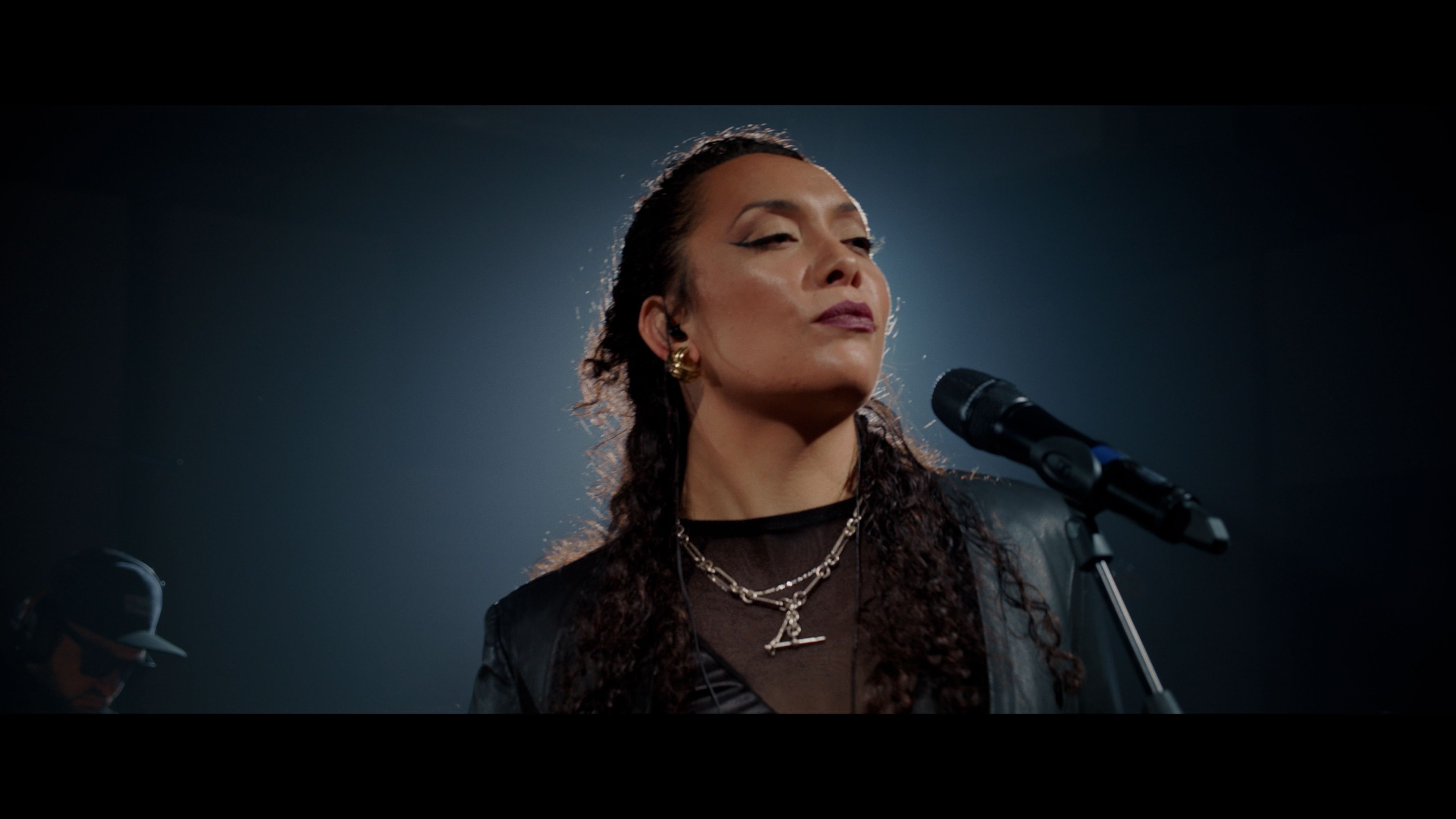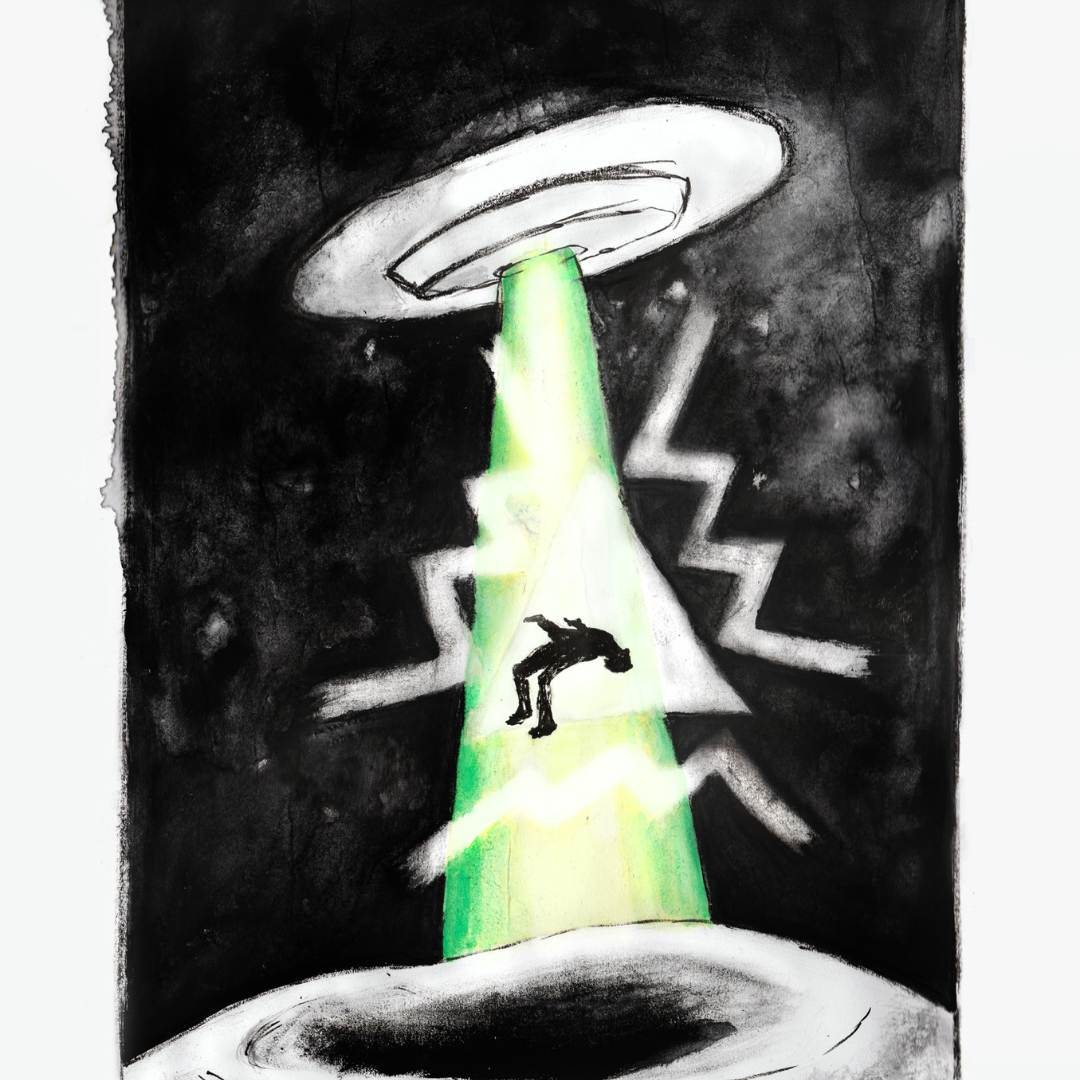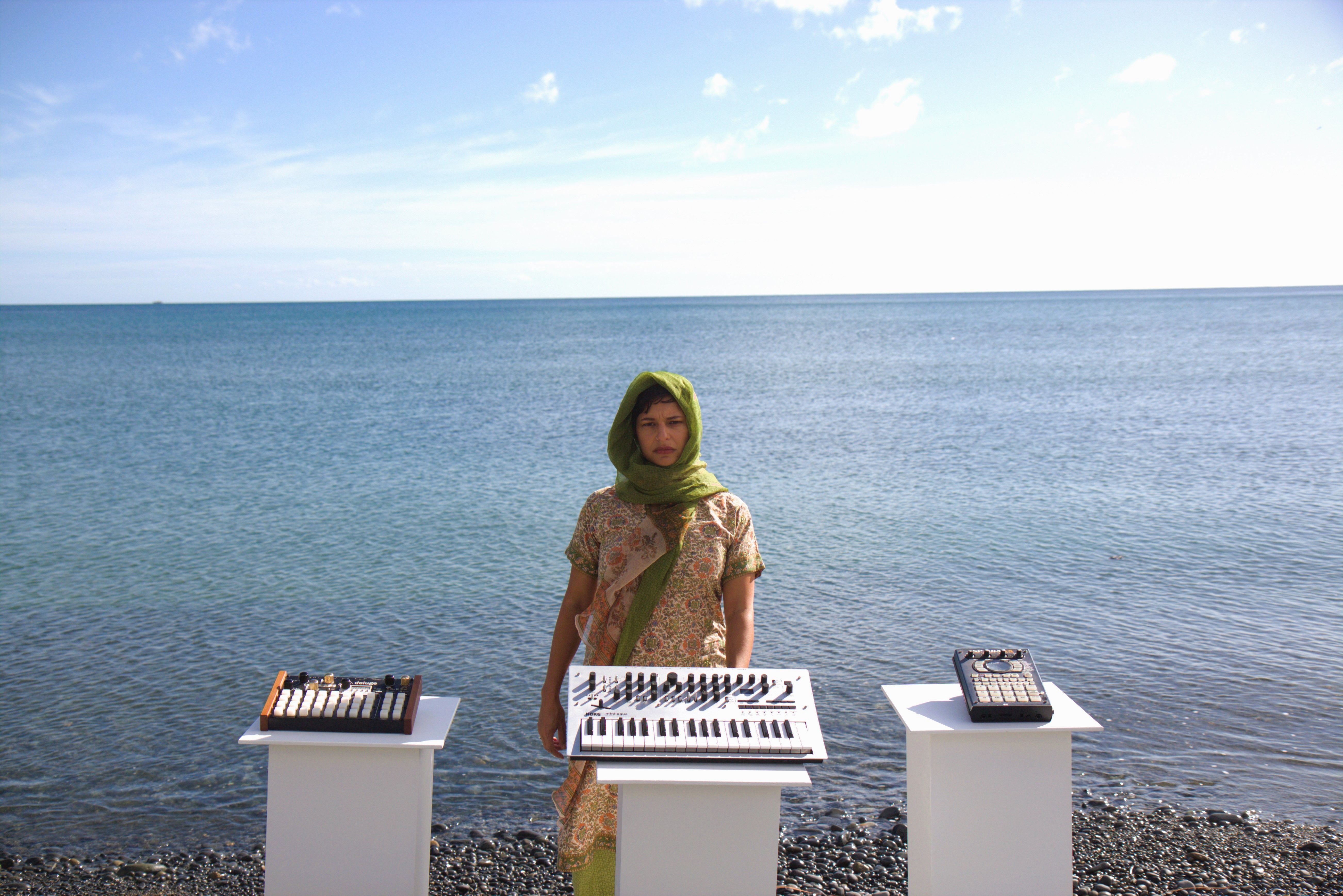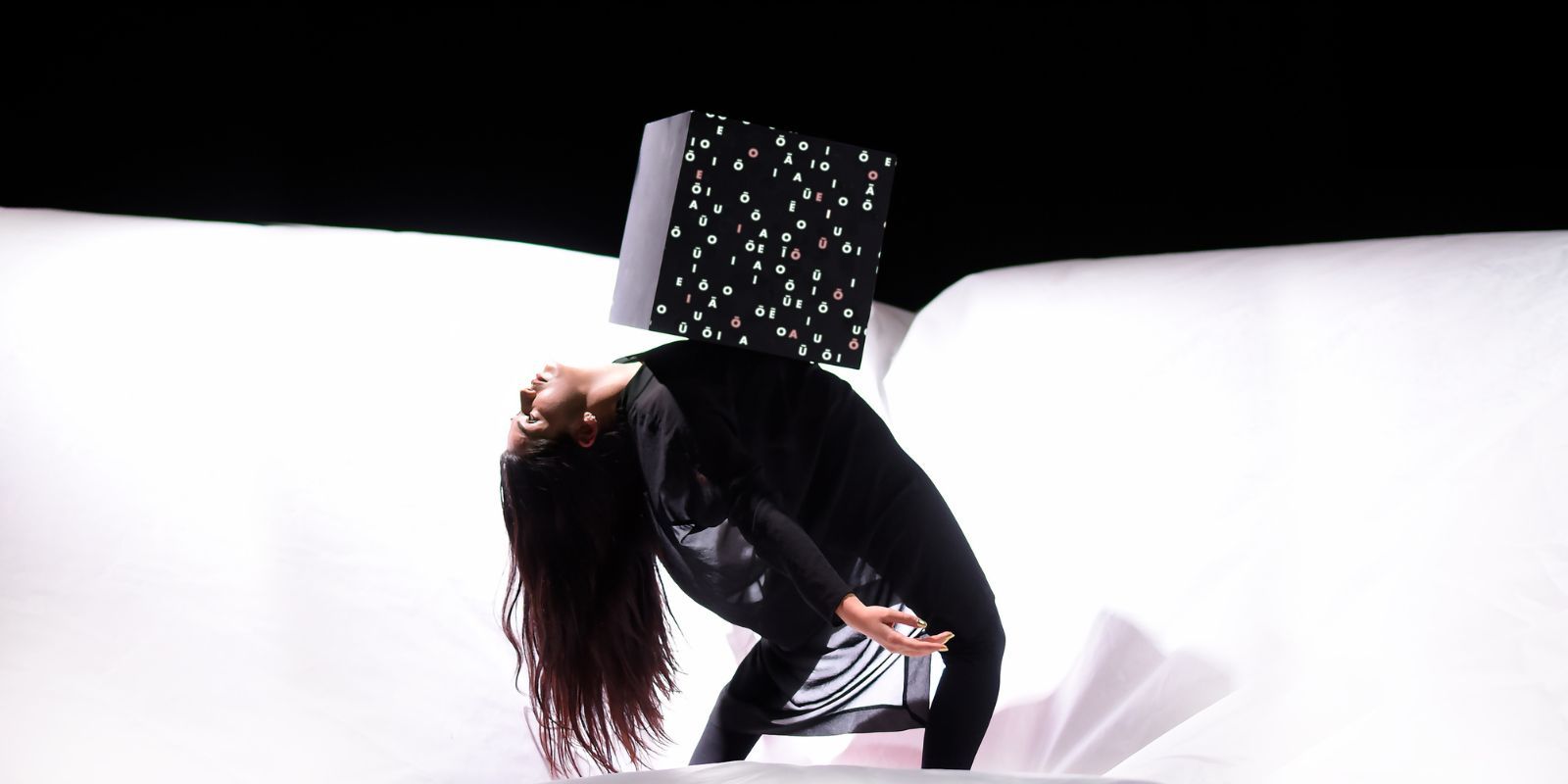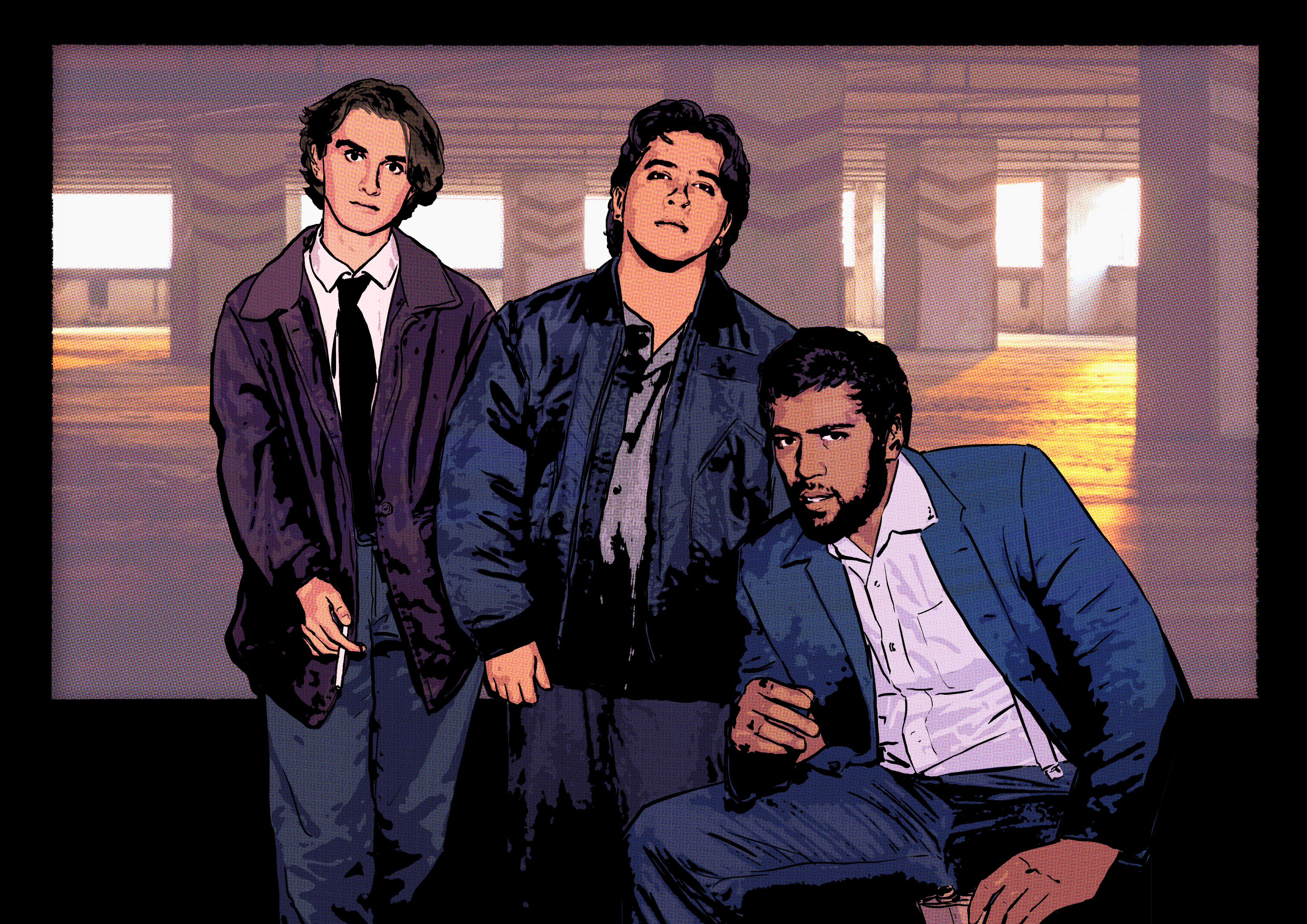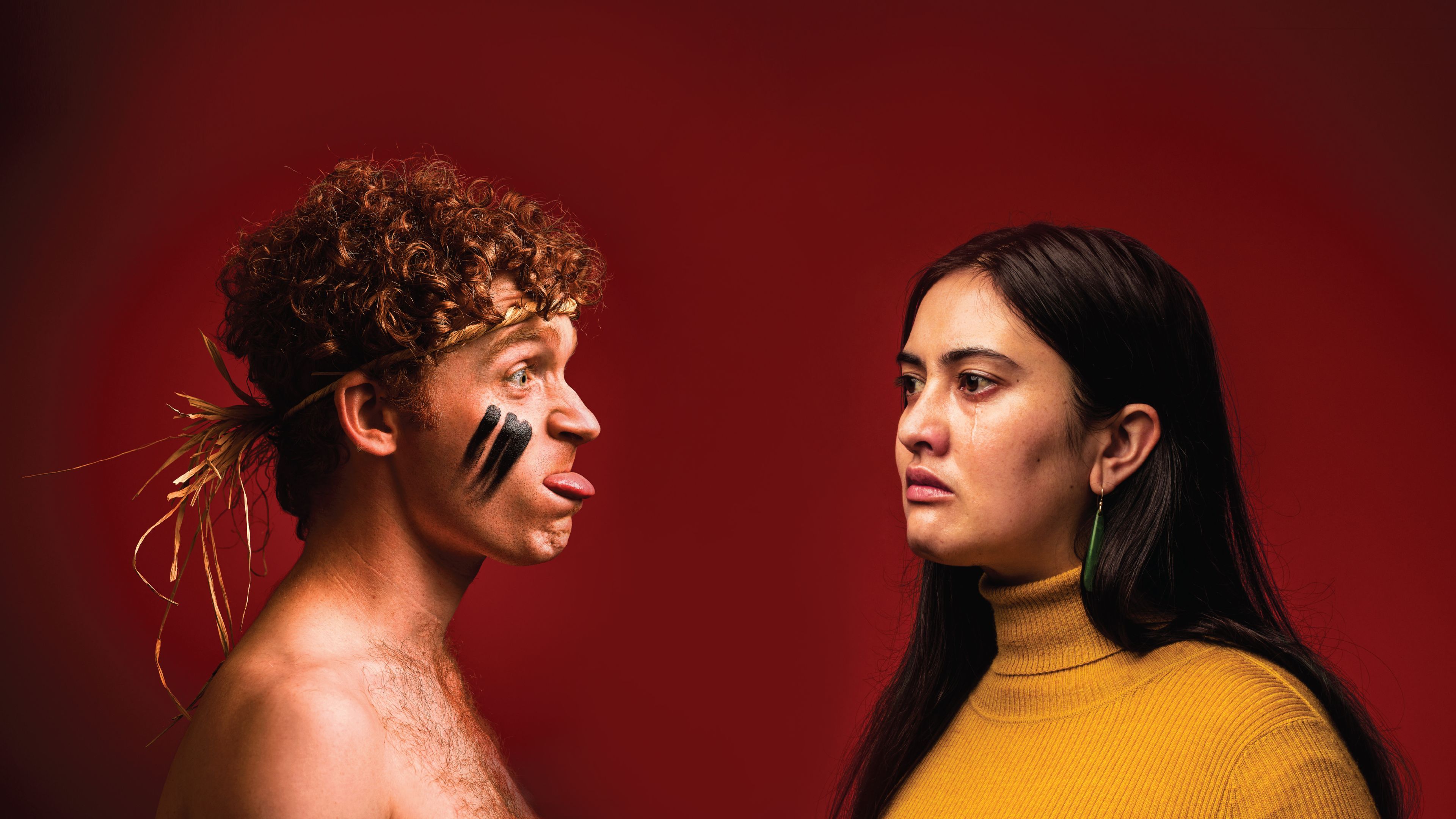From Te Moana-nui-a-Kiwa and Beyond: Highlights of Kia Mau Festival
Kahu Kutia reviews six shows at the 2023 Kia Mau Festival, spanning multiple artforms including dance, musical performance and theatre.
Kia Mau Festival has quickly become one of the world’s most highly regarded contemporary Indigenous arts festivals. Indigenous artists from all over the world gather in Te Whanganui-a-Tara to share their stories through performance.
Kahu Kutia reviews six shows at the 2023 Kia Mau Festival, spanning multiple artforms including dance, musical performance and theatre.
You can more pieces about Kia Mau Festival here.
Kia Mau was still in its early days when I first stumbled across it in 2016, and I still thought theatre was a thing only white people did. I found myself at a Kia Mau afterparty that was spilling out onto Cuba Street – the room was packed full with incredibly talented writers, actors, directors, producers and performers from across Te Moana-nui-a-Kiwa and beyond.
For me, this festival has been a place that celebrates and gives a platform to some of the greatest contemporary Māori and Pacific talent, weaving large and incredible stories about our people. It’s also been a space where I and many other up-and-coming creatives – broke students with $10 left in the account for food, writers full of ideas with nowhere to channel them, performers with no funding for a room to practice in – have been able to come for support and return to the wider world stronger than before.
Here’s a roundup of the shows I saw at Kia Mau festival 2023.
AJA: Manawa Pao
AJA: Manawa Pao
One thing I love about Kia Mau is the ability of this festival to branch out every year, bringing in more artists and kinds of art to the Kia Mau whānau and to the wider audience. Musicians have been a prominent addition to the festival in recent years – a no-brainer, really, when you consider how entwined the Māori and Pacific theatre scene has been with the music scene since the 80s and 90s. I was excited to see AJA open the festival for 2023.
The game really changes when a musician is provided with adequate funding to put together a really big sound. Throughout the performance there were 13 musicians on stage including AJA, as well as a song where two dancers performed. There is already a richness to AJA’s strong melodies and acoustic and electronic sounds, but that is really emphasised when you have multiple guitars on stage, two backing singers, drums, keys and multiple brass players as well. It truly felt luxurious to be in this audience, and to see a wahine Māori singing in te reo Māori having her music celebrated and showcased on this scale.
Concerning the Ufo Sighting Outside Mt Roskill, Auckland
This show featured an emerging Kia Mau fave Reon Bell in the spotlight, as sole performer and creative driver behind the storyline. Sean Rivera was in the director’s seat. Concerning the UFO Sighting Outside Mt Roskill, Auckland turned out to be a surprise favourite of the festival for me. The concept of the show centres on a shy gay man named Dana who works in the very dry field of insurance in 1980s Mt Roskill. One night while out cruising, Dana is abducted by aliens and the show moves towards a kind of absurdist, funny and sweet realisation and conclusion.
The show begins with a montage of moments from classic sci-fi shows like Dr Who and Star Trek. I really enjoyed the way music was used throughout the show – the dorky horny moment of self-realisation choreographed through gyrations to the sound of Air’s Sexy Boy. There were moments when Bell broke character, trying not to laugh at friends in the audience, but these ultimately added to the texture of the scattered and endearing Dana. I drew a strong parallel between the alien narrative and how it might have felt to be gay in this alternate timeline; Dana feels different to everyone else around him and is obsessed with the fantastical world of pop-culture science fiction. His sexuality still lies in the shadows. Seeking out a UFO seems to start as some form of escapism and ends up building towards a really lovely crescendo of self-acceptance.
This show felt like a really lovely homage to the campy nature of some 80s sci-fi, and to the quirky and vibrant lives of Queer people living in the middle of the ocean in 80s Aotearoa.
Coolie: The Story of the Girmityas
This is another show that blends music and theatre. The brainchild of Nadia Freeman, who is of Fiji-Indian and Pākehā descent, Coolie brings a theatrical lens to the live performance of Freeman’s music, with a series of songs that tell the story of indentured labour and the forced migration of her ancestors from India to Fiji to work on sugarcane plantations.
Freeman had a very impressive presence on stage – her movements were slow and intentional. It never felt like she needed to rush into something, even when she couldn’t quite get the sound she wanted through her sonic loop. In between songs, voice excerpts would play featuring performed ‘interviews’ with some of those migrants talking about their experiences of being kidnapped, or coerced into travelling to Fiji for work. The space of the set changed as Freeman moved crate pallets and other objects around to emphasise the story. The passion and the gentle burning rage were evident in Freeman’s performance – a feeling I am familiar with.
I would love to see elements of this show developed further. The narrative arc was such that I wasn’t quite sure the show had ended. I also think a little more blending of the theatrical and the musical, and more development of the set concept, could make this a truly amazing show.
Huia Kaimanawa
I’m gonna cut to the chase and say that if you ever have the chance to see a show from Bianca Hyslop and Rowan Pierce, then you simply must take up the opportunity. I first realised this when I saw Pōhutu, a work that travelled the country, and was shown at Kia Mau in 2019. Dance is a storytelling medium I often struggle to access. Someone once told me that if you don’t get it, either they didn’t communicate it right, or maybe it just wasn’t for you, which I think is true. Pōhutu was the first time I ever really got it.
Huia Kaimanawa is a story of language loss and trauma, and at times it is very much traumatic and painful. But crucial, I think, to the arc of this show is that it begins from a place of strength. At the start we saw renowned performer Nancy Wijohn deliver a fierce and grounded mihi to the audience, to the land of Te Whanganui-a-Tara. That set us up well to take this journey through generational loss of te reo Māori, as well as the sometimes equally painful journey of reconnection. The visuals, the design of the space and the lights were all used incredibly well. Technical excellence in these areas married perfectly with the technical expertise of the dancers. Lots of the visuals felt like a strong nod to minimalist horror aesthetics, and to shows like The Handmaid’s Tale. This set the scene of dystopia when it needed to, but also at points invoked te kore, te pō, and countless realms of potential.
I must also acknowledge Hyslops’s long-time collaborator Tūī Matira Ranapiri-Ransfield, who not only provided crucial elements of cultural safety and knowledge for the performers, but was also onstage for much of the show. She delivered the most incredible melodies, reminiscent of karanga and mōteatea tawhito, accompanied by strong, bassy, electronic soundscapes. The ending of the show brought us so beautifully back from the pain and the trauma, and had me happy sobbing.
Flames: A Hip-Hop Musical
If I’m honest, I am not a musical gal. You probably could not pay me to see Cats or Jesus Christ Superstar, but if there is an exception, it’s musicals made by brown people. Flames: A Hip-Hop Musical is now in its fourth iteration, having first been performed at Pūtahi Festival in 2021, where it won the Parkin Development Award. This iteration brought on Sepelini Mua‘au as director and co-writer. The cast was so good, featuring co-writers Roy Iro and Reon Bell as well as Sean Rivera, Gypsy Mae Harihona and KMF fave Moana Ete. All brought a really strong sense of their characters, who echoed dingy 70s cop-show archetypes, but with a uniquely Welly/Aotearoa flavour. Alongside acting, singing and rapping, all of them were at some point on an instrument, like Ete on the keys and electric guitar, and Bell spinning on the decks. I also thought the set was impressive and well utilised. Flames is funny, cheeky and impressive. It was an absolute joy to sit amongst a very brown audience all cracking up and cheering.
The Haka Party Incident
The Haka Party Incident is a verbatim theatre show directed by Katie Wolfe that was first performed in Tāmaki Makaurau in 2017. I was intrigued to see the show, having first learnt about this infamous patch in Aotearoa’s history in university. This show recreates a story of racism from the 70s, in which a group of engineering students at Auckland University, performing their annual mock-haka beer crawl, were confronted by a protest group called He Taua.
It was an impressive performance, almost an hour and a half long, with actors delivering verbatim accounts from people who were there at the time. At one point, a bad rendition of John Lennon’s Imagine designed to poke fun at Pākehā waiata tautoko melted into a beautiful (and slightly cringy, but also very sincere) rendition of the song. You really did feel like you were listening to audio recordings of people being interviewed at the time of the incident and aftermath in 1979.
I did find myself reflecting on who this show was for. While there was a really beautiful and skilful blending of te ao Māori and te ao Pākehā in this show, I think, ultimately, I would recommend this show mostly for your well-meaning Pākehā friends and whānau who are still coming to grips with how racism has functioned in Aotearoa’s history. That being said, it was received with a very enthusiastic standing ovation from a diverse and packed Opera House crowd.
You really did feel like you were listening to audio recordings of people being interviewed at the time of the incident and aftermath in 1979.
I want to give an honourable mention to Mînowin, a multi-media work from our Indigenous relatives in Vancouver, Turtle Island, which I also saw and loved but am not reviewing here.
Personally, I find Kia Mau festival invigorating. I’m not a playwright or an actor, but as a writer, as a general creative, I enjoy the lessons that come from observing mediums that are not my own. I loved seeing the visual elements in Manawa Pao, I learnt lessons in dialogue from Flames and The Haka Party Incident. Concerning the UFO Sighting Outside Mt Roskill, Auckland was one of those shows that made me want to go home and start a writing spree.
In the wake of Covid-19, live performance has really taken a hit. We are only just getting back into the practice of going to shows and figuring out how to do that safely, so I really encourage you to get out when you can and see shows at festivals like Kia Mau. See the big shows, and also see the shows by the new talent that are still in development. Go see something knowing you might hate it, or you might love it. If you’re a creative, go see something in a medium you’re not familiar with, and see how that might inspire your own work.
This piece is presented as part of a partnership with Kia Mau Festival. Kia Mau have supported the costs of paying our writers while we retain all editorial control.

